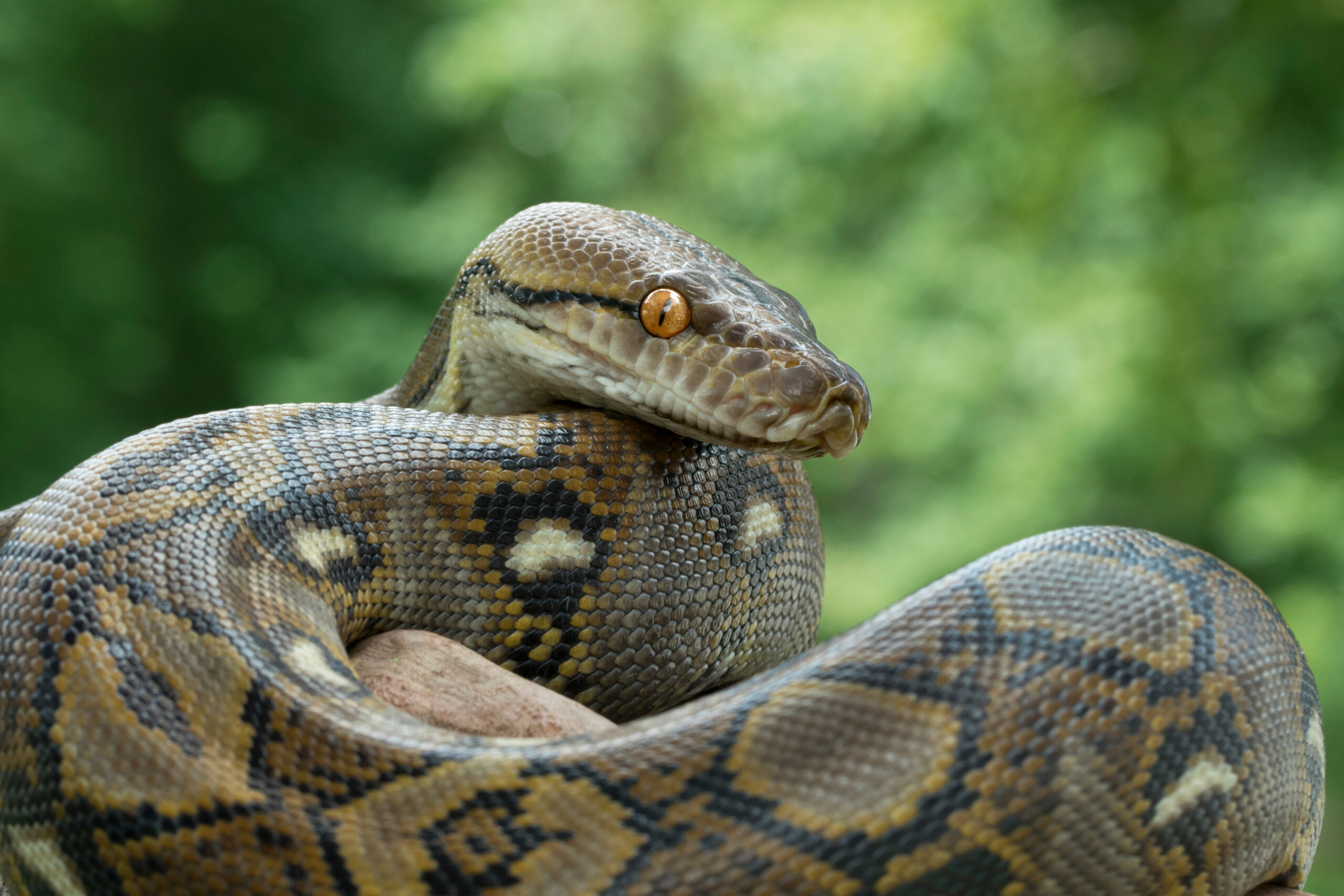I don’t like snakes but we have a lot of them in North Carolina. I hike a lot and I love being in the great outdoors. However, snakes give me so much anxiety. I absolutely despise them. The most unpleasant part of hiking in 2020 was probably the snakes. My thought was that since we were all stuck in quarantine the snakes would breed in peace and now there are more of them than ever.
There are more than 3,000 species of snake on the planet, with 600 of these being venomous. Living in North Carolina, we must know all there is to know about snakes. It is especially relevant if you plan on camping, hiking, or even heading to a local park. The reason being is that North Carolina is home to six venomous snakes. These snakes are featured on our snake list below.









